How to Use Music in Classroom Activities to Enhance Learning
31 December 2024
Music has a magical way of capturing our attention and stirring emotions. Whether you're in the car humming to your favorite tunes or getting lost in a melody while doing chores, music has a way of enhancing our daily experiences. But have you ever thought about using music in the classroom to improve learning?
In recent years, educators have increasingly turned to music as a tool to engage students and make learning more enjoyable. Music isn't just for fun breaks or background noise; it can be a dynamic and effective tool to boost cognitive abilities, memory retention, and even social skills. In this article, we'll dive into how you can use music in classroom activities to enhance learning. So, let’s hit the right note and explore this topic together!
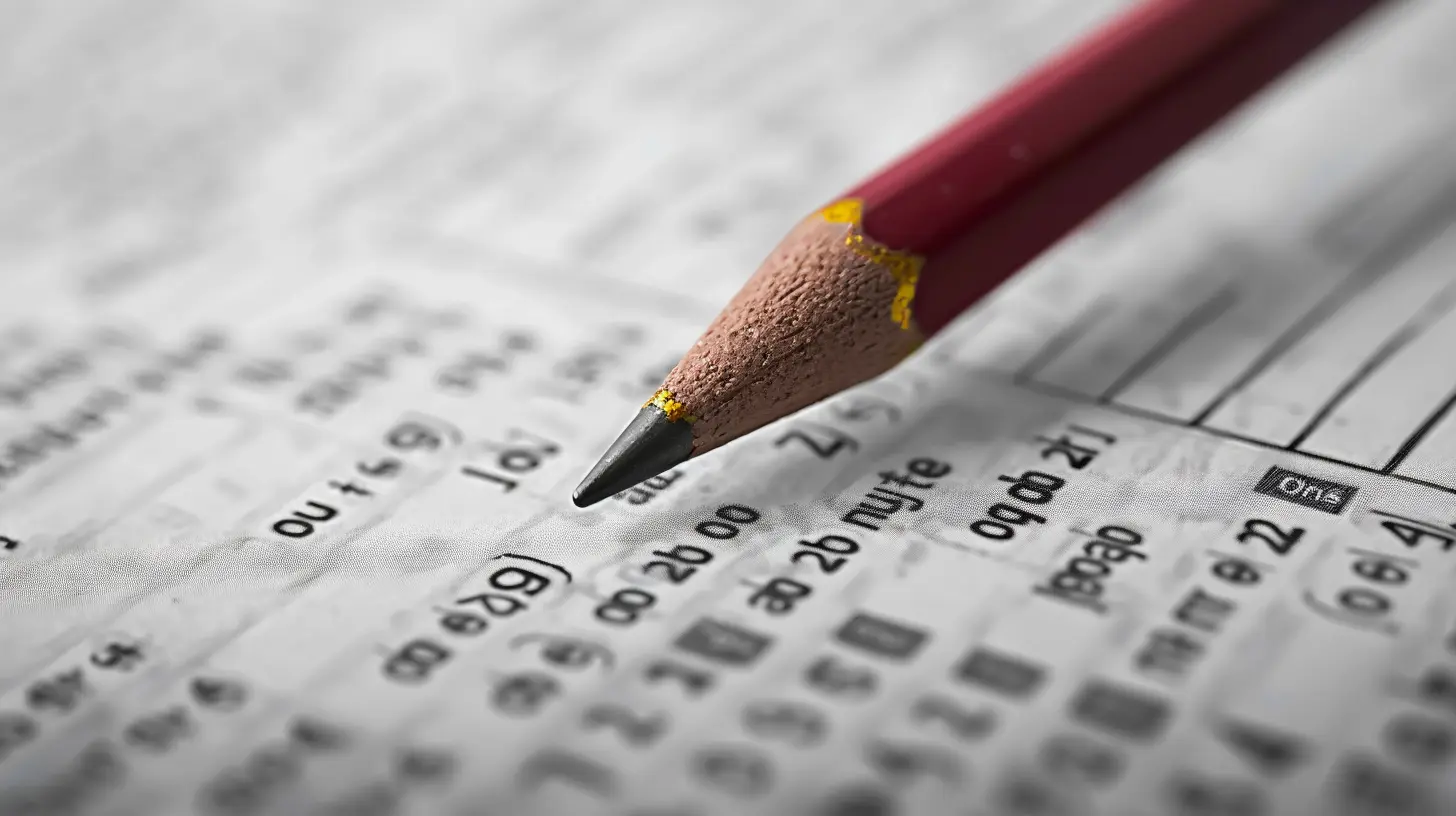
Why Music in the Classroom?
First things first—why should we even consider using music in education? Isn’t it just a distraction?Actually, it’s quite the opposite! Studies show that music has a profound impact on brain development, especially in children. It stimulates different parts of the brain that are responsible for memory, attention, and thinking. In fact, music has even been linked to improved academic performance, better concentration, and mood regulation.
Think about it: when you listen to a catchy song, don’t you find yourself remembering the lyrics easily? That’s because music taps into our auditory memory, making information stick. When applied in the classroom, music can help retain facts, improve focus, and make learning more interactive and enjoyable.
Benefits of Using Music in the Classroom
Let’s break down some of the key benefits:1. Improved Retention – Music engages both sides of the brain, which helps students store information better.
2. Enhanced Focus – Background music, particularly classical or instrumental, can help students concentrate during assignments.
3. Stress Reduction – Music has a calming effect, reducing anxiety and creating a positive learning environment.
4. Boosts Creativity – Music inspires creativity, encouraging students to think outside the box.
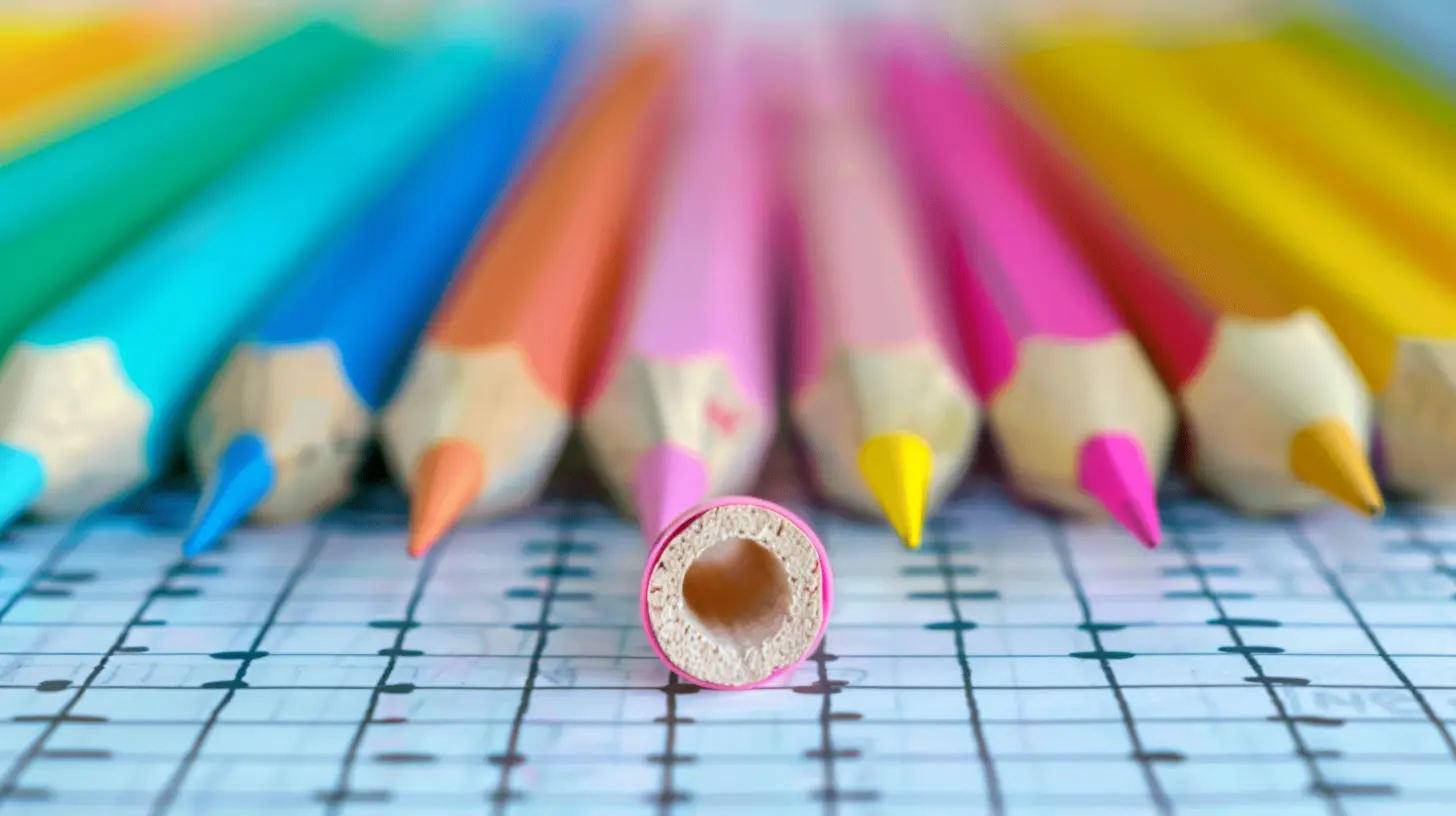
How to Use Music in Classroom Activities
Now that you know the benefits, let's talk about the practical ways to incorporate music into your classroom activities. You don’t need to be a professional musician or DJ to make this work. It’s all about using music intentionally to support your teaching objectives.1. Background Music During Work Time
Ever heard of the "Mozart Effect"? The idea is that listening to classical music can improve cognitive functions. While the jury is still out on whether this is entirely accurate, there’s no denying that calm, instrumental music can help create a focused atmosphere during individual or group work.How To Do It:
During independent reading or writing time, play some light instrumental music in the background. Classical music, nature sounds, or even lo-fi beats work wonders. This can help students block out distractions and focus on their tasks.
Pro Tip: Stay away from music with lyrics, as they can be distracting. The goal is to create an environment conducive to concentration, not a sing-along session.
2. Musical Transitions
Managing transitions between activities can be tricky, especially with younger students. Why not use music to signal these changes? Not only does it make transitions smoother, but it also adds a fun element to the routine.How To Do It:
Create a playlist of short, upbeat tunes to signal different transitions. For example, play a specific song when it's time to clean up, or a different tune when it's time to switch subjects. Over time, students will start to associate certain songs with specific tasks, making transitions more seamless.
Bonus Tip: You can even let students vote on their transition tunes to increase engagement!
3. Learning Through Song
Who says you can’t teach a subject through music? Songs are a fantastic way to help students memorize difficult concepts, especially in subjects like math, science, and language arts.How To Do It:
If you’re teaching multiplication tables, why not turn it into a catchy jingle? Or, if you’re covering a history lesson, try incorporating a timeline of events into a song. You'd be surprised how easily students retain information when it's paired with a melody.
Example: Need to teach the water cycle? Sing it! "Evaporation, condensation, precipitation, collection!" Set that to a familiar tune, and it’ll stick in their minds like glue.
4. Music for Mindfulness and Relaxation
Let’s face it—students can get stressed, especially during tests or challenging lessons. Music can be a great way to help them relax and regain focus.How To Do It:
Before a big test or after a high-energy activity, take a few minutes for a mindfulness break with calming music. Guide students through breathing exercises while listening to soothing tunes. This helps reset their energy and prepare them to tackle the next task with a clear mind.
Fun Idea: Try playing nature-inspired tunes—like ocean waves or rainforest sounds—to help students relax and visualize a peaceful setting.
5. Music as a Reward
Sometimes, students need a little extra motivation, and music can be a great reward. Whether it’s a dance break or the chance to choose the next song, music can be an incentive for positive behavior.How To Do It:
Set up a reward system where students can earn "music minutes." After completing a task or showing good behavior, they can earn time to play their favorite songs. You can even incorporate dance breaks to let them shake off excess energy before diving back into work.
Pro Tip: Keep the music classroom-appropriate, and make sure it aligns with your school’s policies.
6. Using Music to Teach Emotional Intelligence
Music is a powerful tool for teaching emotional intelligence. It can help students recognize and express their feelings, understand others’ emotions, and develop empathy.How To Do It:
Play different types of music in class and ask students to describe how the music makes them feel. You can also create lessons around specific emotions, using songs to explore feelings like happiness, sadness, excitement, or anger. This can be especially helpful in social-emotional learning (SEL) curriculums.
Example: Play a happy, upbeat song and a slower, sad melody. Ask students to describe the emotions each piece evokes. This can lead to discussions about how music connects with our emotions and how they can use it as a tool to manage their own feelings.
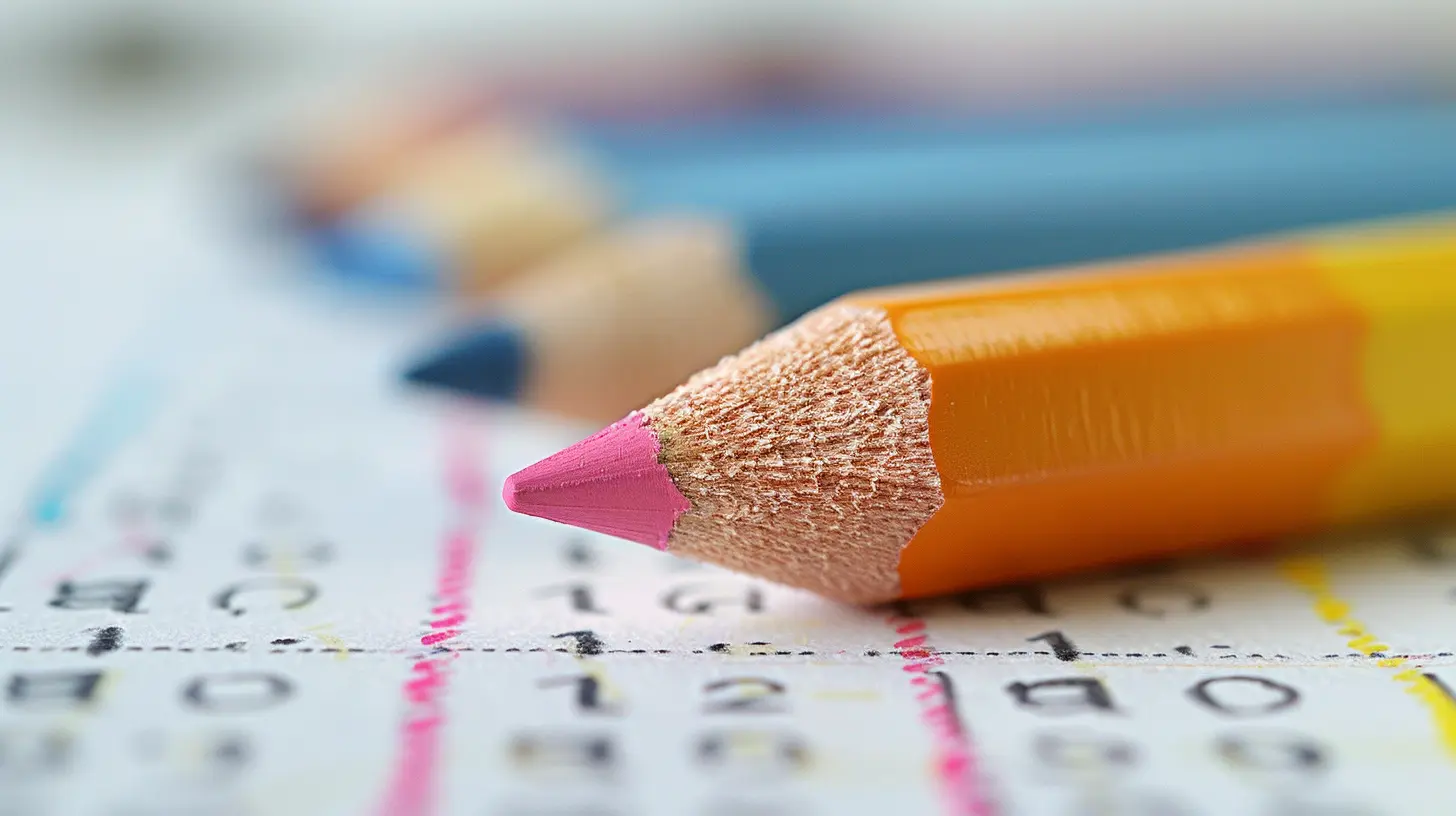
Incorporating Music Across Subjects
One of the coolest things about using music in the classroom is that it can be integrated into virtually any subject. Let’s look at some examples:1. Math and Music
Did you know that music and math are closely related? Rhythms and beats can help teach fractions, patterns, and multiplication.Activity Idea: Use percussion instruments to teach basic fractions. For example, tapping on a drum four times can represent a whole, while tapping twice can represent a half.
2. Language Arts and Music
Songs are essentially poems set to music. Use lyrics to teach literary devices like metaphors, similes, alliteration, and rhyme.Activity Idea: Have students analyze song lyrics for literary elements, or challenge them to write their own songs using specific vocabulary words.
3. Science and Music
From the water cycle to the periodic table, music can make science more engaging.Activity Idea: Create a song to help students memorize the planets in our solar system, or teach the parts of a plant with a melody.
4. History and Music
Every era has its soundtrack. Use music to bring history lessons to life by exploring the songs that were popular during different time periods.Activity Idea: Play music from a specific decade and discuss how it reflects the social and political climate of the time. This can lead to fascinating conversations about culture and history.
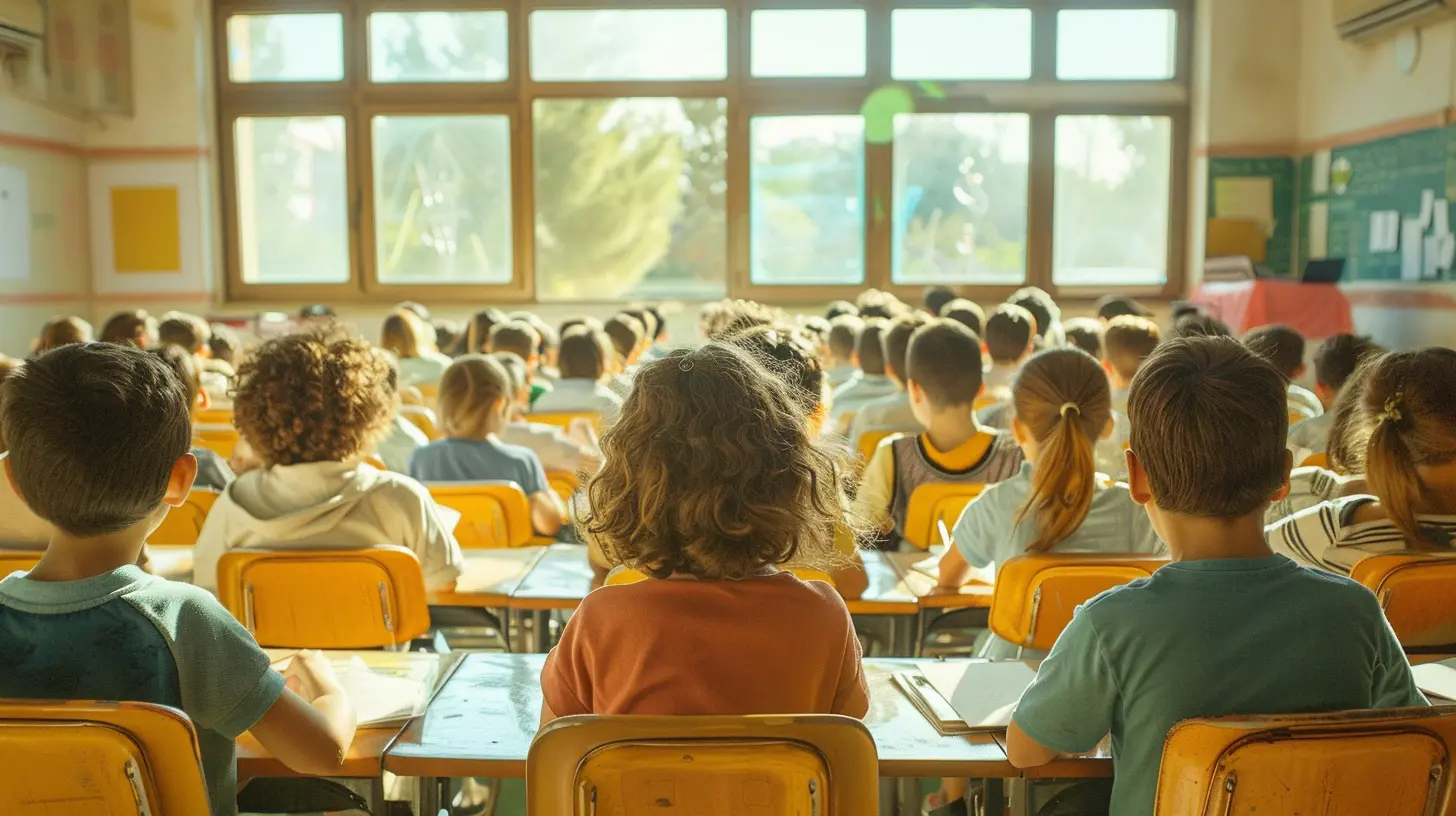
Overcoming Challenges When Using Music in the Classroom
While music is a fantastic tool, it's important to be mindful of certain challenges. Some students may find it distracting, while others may have sensory sensitivities that make certain sounds overwhelming.Tips to Overcome These Challenges:
1. Adapt to Your Students: Pay attention to how your students respond to music and adjust accordingly. If it's too distracting, opt for quieter or instrumental music.2. Use Music in Moderation: Not every lesson needs a soundtrack. Use music intentionally, and don’t overdo it.
3. Involve the Students: Let students have a say in the music choices. This gives them a sense of ownership and ensures the music is something they enjoy.
Conclusion
Music has the power to transform the classroom into a dynamic, engaging, and fun learning environment. From improving focus to boosting creativity, the benefits are endless. Whether you’re using it for transitions, relaxation, or teaching complex concepts, music can enhance the learning experience in ways traditional methods just can’t match.So, why not give it a try? The next time you plan a lesson, think about how music could play a role in making learning more memorable and enjoyable. Your students will thank you—and who knows, you might just find yourself humming along too!
all images in this post were generated using AI tools
Category:
Classroom ActivitiesAuthor:

Madeleine Newton
Discussion
rate this article
18 comments
Archer McNeely
This article beautifully highlights the power of music in education. It's a fantastic tool for enhancing engagement and learning experiences!
March 25, 2025 at 7:16 PM

Madeleine Newton
Thank you! I'm glad you found the article insightful. Music truly can transform the learning experience!
Easton Barnes
Great insights on integrating music into classroom activities! Consider highlighting specific examples of music genres that align with various subjects, or techniques for incorporating rhythmic exercises that can help students retain information. Engaging students through music can truly enhance their learning experience!
February 2, 2025 at 3:26 AM

Madeleine Newton
Thank you for the fantastic suggestion! I’ll definitely explore specific music genres and rhythmic techniques in future pieces to further enrich classroom activities.
Raine Bailey
Integrating music into classroom activities fosters engagement and enhances cognitive retention. Utilizing various genres can cater to diverse learning styles, while rhythm and melody aid memory. Such strategies not only invigorate lessons but also create a more inclusive and dynamic learning environment.
January 30, 2025 at 5:15 AM

Madeleine Newton
Thank you for your insights! I completely agree—integrating various music genres can significantly boost engagement and cater to different learning styles, making lessons more dynamic and memorable.
Julian Daniels
Great insights! Incorporating music into classroom activities not only boosts engagement but also aids memory retention. Simple tunes during lessons can create a more enjoyable and effective learning environment.
January 25, 2025 at 7:16 PM

Madeleine Newton
Thank you! I'm glad you found the insights valuable. Music truly can transform the classroom experience!
Olivia McCartney
Music really engages students and boosts their learning ability!
January 19, 2025 at 9:02 PM

Madeleine Newton
Thank you! I completely agree—music is a powerful tool that enhances engagement and fosters a more dynamic learning environment.
Erica Matthews
Music fosters engagement and retention.
January 15, 2025 at 5:44 AM

Madeleine Newton
Absolutely! Music captivates students' attention and helps reinforce concepts, making learning more memorable.
Iris McClure
Integrating music into classroom activities can transform learning experiences. It fosters creativity, boosts engagement, and enhances memory retention. Let the power of music inspire and uplift your students!
January 9, 2025 at 5:38 AM

Madeleine Newton
Thank you for highlighting the transformative power of music in education! Integrating music truly enriches learning and inspires students in remarkable ways.
Caitlin McGinn
In rhythmic harmony, knowledge blooms; let melodies dance through lessons, igniting minds and bridging hearts in vibrant classrooms.
January 8, 2025 at 9:34 PM

Madeleine Newton
Thank you! I love how you captured the essence of using music to create a lively and engaging learning environment. It truly can transform classrooms into vibrant spaces for discovery!
Aria Marks
“Why did the music teacher go to jail? Because she got caught with too many notes! 🎶 But seriously, incorporating music in the classroom is like adding sprinkles to ice cream—total game changer for learning fun!”
January 7, 2025 at 4:51 AM

Madeleine Newton
Haha, great analogy! Music truly does add a special flavor to learning, making lessons more engaging and memorable. Thanks for sharing! 🎶
Linnea McKinley
I’m intrigued by the potential of music in the classroom! How exactly can different genres or rhythms influence student engagement and retention? Are there specific activities that have shown significant results? I’d love to hear more about the research behind these tactics and any recommended playlists for various subjects!
January 5, 2025 at 11:51 AM

Madeleine Newton
Music can enhance student engagement and retention by creating a stimulating environment and aiding memory through rhythm and melody. Research shows that specific genres, like classical or upbeat instrumental, can improve focus and motivation. Activities like learning through song lyrics or rhythm-based games have shown significant results. Recommended playlists vary by subject; for math, consider upbeat tracks, while for literature, softer classical pieces can set the mood. For more details, check out studies on music's cognitive benefits in learning.
Cecilia McFarlane
Music elevates learning joyfully!
January 4, 2025 at 9:42 PM

Madeleine Newton
Thank you! Absolutely, integrating music into classroom activities can create a vibrant and engaging learning environment that boosts motivation and retention.
Charlie Tucker
Music transforms learning; it's engaging and effective!
January 4, 2025 at 1:41 PM

Madeleine Newton
Thank you! Absolutely, music creates a dynamic learning environment that captivates students and enhances their understanding.
Zanya Malone
Integrating music into classroom activities fosters engagement and retention, catering to diverse learning styles. By harnessing rhythm and melody, educators can enhance cognitive connections, making lessons memorable and promoting a positive learning environment.
January 3, 2025 at 12:46 PM

Madeleine Newton
Thank you for highlighting the benefits of music in education! It's true that integrating melody and rhythm not only engages students but also supports varied learning styles, making lessons more impactful.
Falkor McIlwain
Great insights! Music truly enriches learning.
January 3, 2025 at 5:29 AM

Madeleine Newton
Thank you! I’m glad you found it valuable—music can indeed transform the learning experience!
Summer Jones
Incorporating music into classroom activities can significantly boost engagement and retention. From rhythm exercises to lyrical analysis, leveraging music creates a dynamic learning environment that fosters creativity and enthusiasm.
January 2, 2025 at 12:58 PM

Madeleine Newton
Thank you for your insightful comment! I completely agree that music enhances engagement and retention, and I'm excited to see how educators can creatively incorporate it into their classrooms.
Fay Sanders
Turn your classroom into a concert hall! 🎶 With the right tunes, learning can be a dance party of knowledge!
January 2, 2025 at 5:08 AM

Madeleine Newton
Absolutely! Music can energize the learning environment and make education more engaging and enjoyable. 🎶
Alvin Griffin
Incorporating music into lessons can boost engagement and retention, creating a dynamic learning environment.
January 1, 2025 at 5:49 AM

Madeleine Newton
Absolutely! Music can transform the classroom atmosphere, making learning more enjoyable and memorable for students.
Calaris Wright
Loved this article! Incorporating music into classroom activities is such a fun way to boost engagement and creativity. Can't wait to try these ideas!
December 31, 2024 at 3:42 AM

Madeleine Newton
Thank you! I'm glad you enjoyed the article. Enjoy experimenting with music in your classroom!
MORE POSTS

The Importance of Outdoor Play for Early Development

Promoting Mindfulness in Schools: A Guide for Educators

Balancing School and Personal Life: A Student’s Guide

Time-Blocking Techniques: Managing Your Day Like a Pro

Building Public Speaking Confidence and Skills

Using Technology to Enhance Critical Thinking in the Classroom
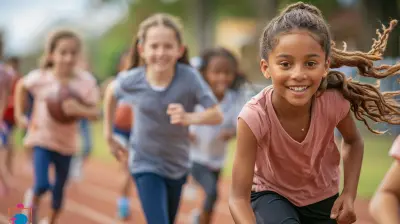
The Connection Between Physical Activity and Cognitive Skill Development

How to Recognize and Avoid Clickbait
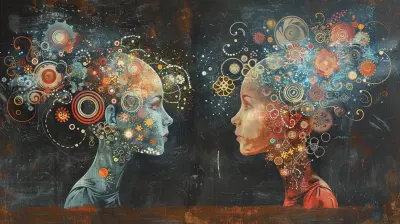
Critical Thinking and Emotional Intelligence: A Powerful Pair

The Impact of Nonverbal Communication in Language Learning

How to Effectively Manage Time as a College Student